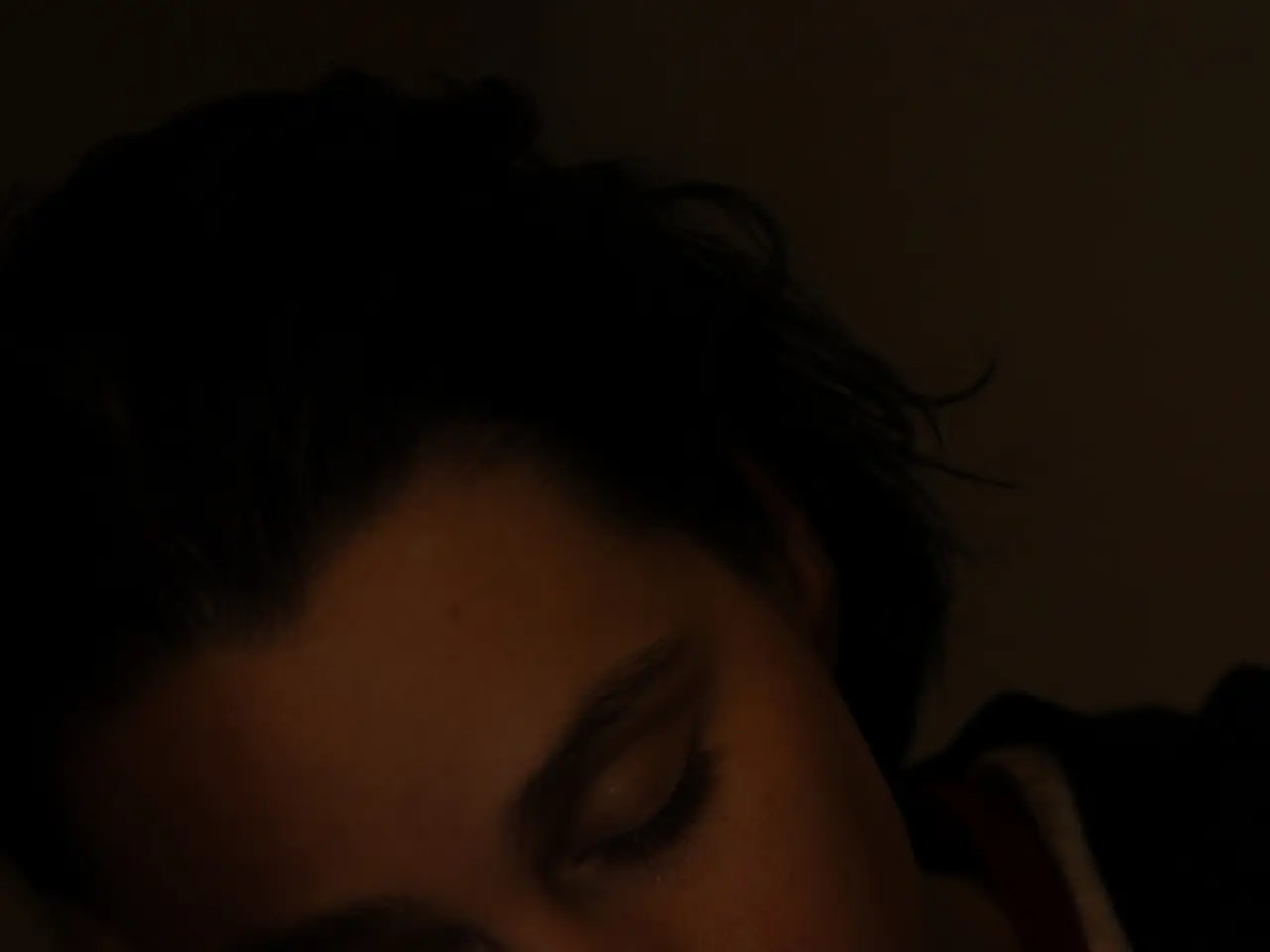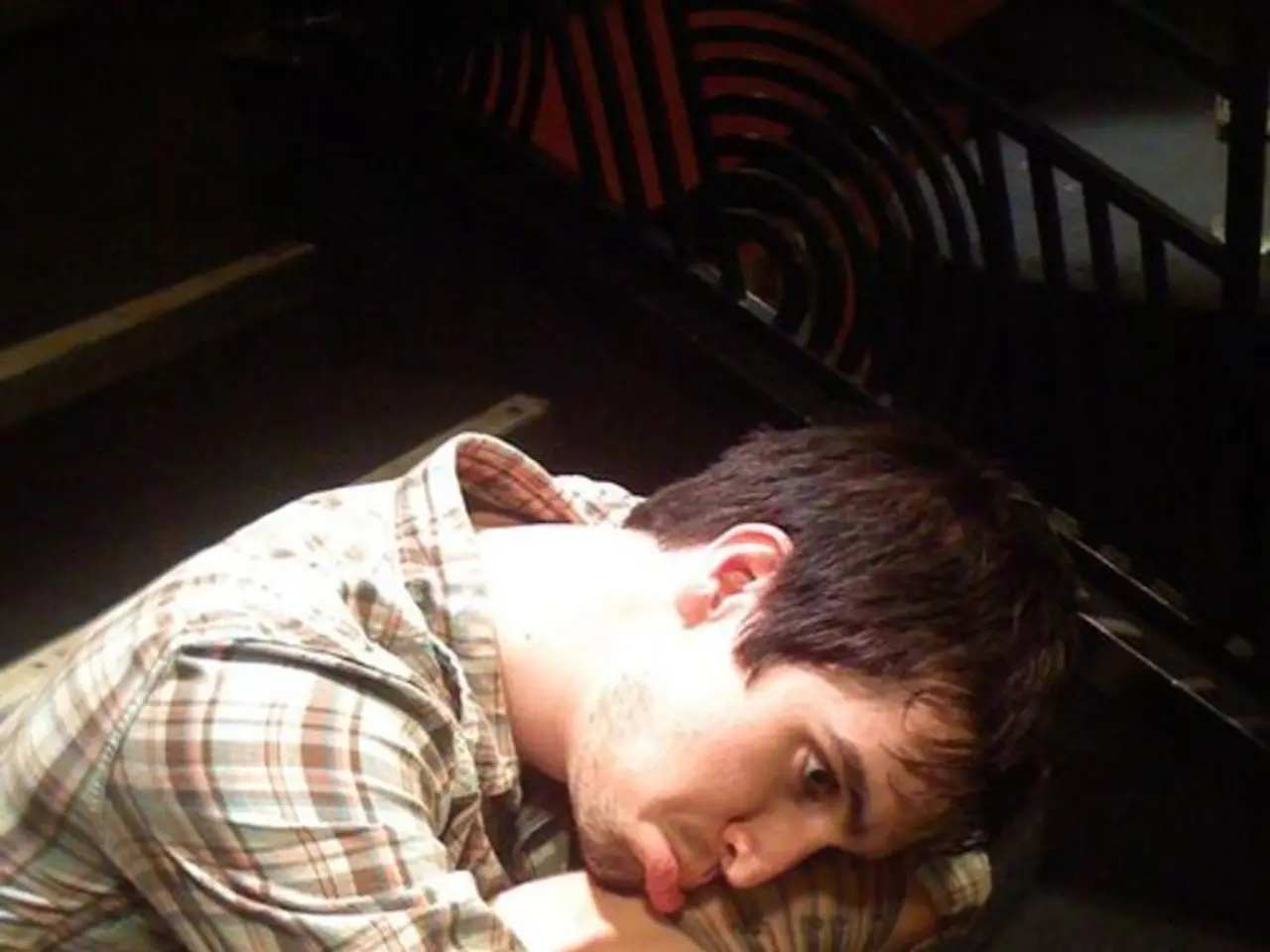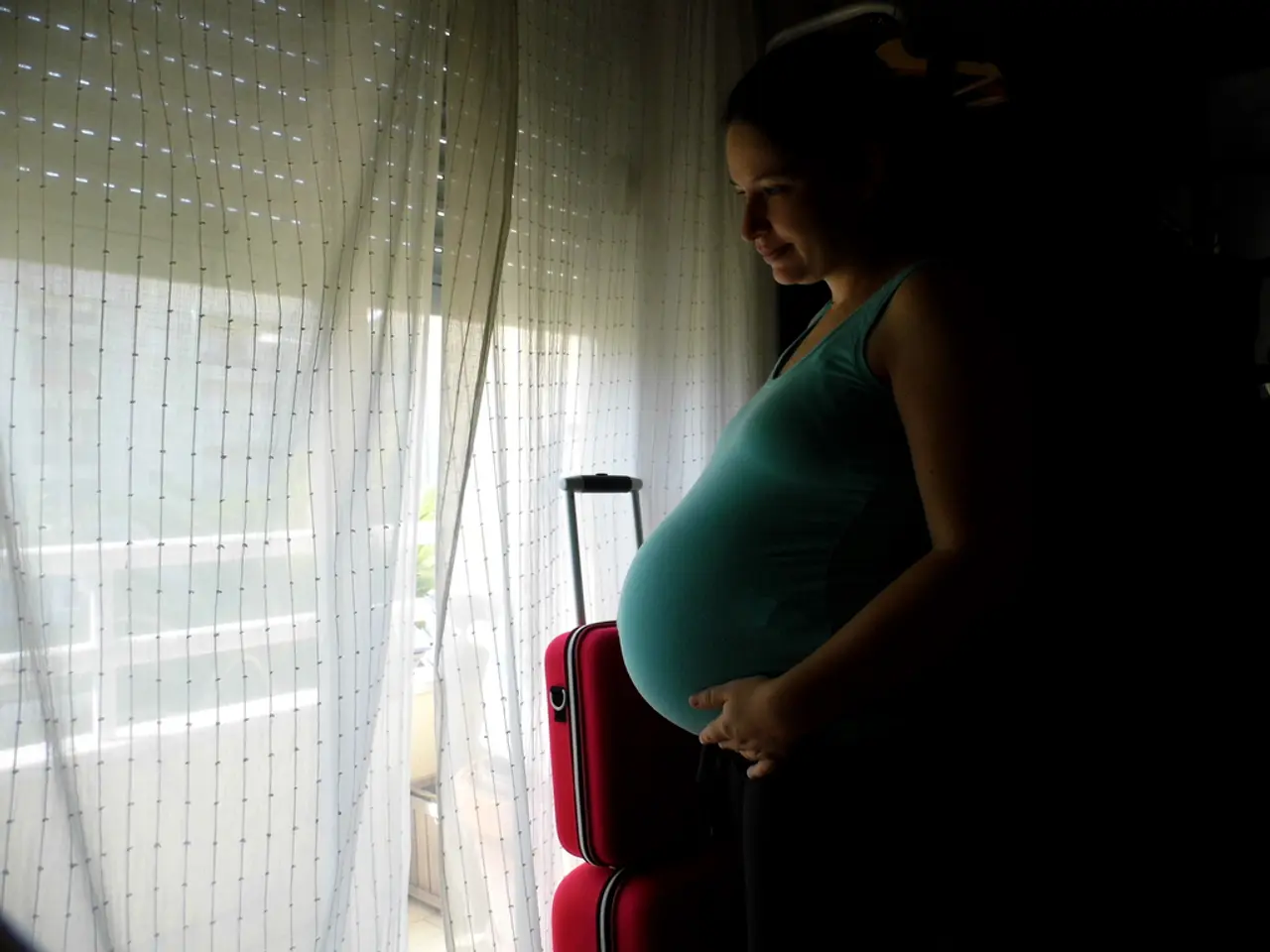Experiencing Discomfort in the Groin Area: Understanding Causes, Solutions, and When to Consult a Medical Professional
Groin pain can be a distressing and uncomfortable condition, affecting individuals of all ages and genders. The cause of groin pain can vary, from sports injuries to more serious conditions affecting the reproductive organs.
While some causes are common to both males and females, others are gender-specific. Understanding the various causes and their corresponding treatments can help individuals seek appropriate medical attention and begin the healing process.
### Gender-Neutral Causes
Groin pain can stem from sports injuries, such as repetitive stress or trauma, particularly in sports involving sudden direction changes or kicking. Conditions like osteitis pubis, sports hernia (athletic pubalgia), and inguinal hernia are also common. Kidney stones and swollen lymph nodes in the groin can also cause pain.
### Female-Specific Causes
Females may experience groin pain due to conditions such as ovarian cysts or round ligament pain during pregnancy.
### Male-Specific Causes
Males may experience epididymitis or orchitis, inflammation of the epididymis or testicle, often caused by infection. Testicular torsion, a urological emergency, can also cause severe groin pain. Varicocele, an enlargement of veins within the scrotum, may also cause a dull ache or heaviness in the groin or scrotum.
### Treatment Options
The treatment of groin pain depends on the underlying cause. For sports injuries and osteitis pubis, rest, ice, NSAIDs, physical therapy, and activity modification may be recommended. Sports hernia may require physical therapy, activity modification, or surgery for persistent cases. Inguinal hernia typically requires surgical repair. Kidney stones may require hydration, pain relief, medical expulsive therapy, or surgical intervention. Swollen lymph nodes may require treatment of the underlying infection, and in some cases, further workup may be necessary.
### Additional Management Approaches
Chronic or recurrent pain may need a multidisciplinary approach, including imaging and possibly specialist referral. Pelvic floor rehabilitation can play a role in managing chronic, musculoskeletal causes of pain.
### When to Seek Medical Attention
Groin pain that is severe, persistent, or associated with a palpable lump, testicular swelling, fever, or urinary symptoms (especially blood in urine) warrants prompt medical evaluation to exclude serious conditions such as testicular torsion, hernia, or infection.
Key Points:
* Many causes of groin pain are treatable with conservative measures. * Serious causes (e.g., testicular torsion, hernia) require urgent assessment. * Chronic or recurrent pain may need a multidisciplinary approach, including imaging and possibly specialist referral. * Gender-specific causes must always be considered and excluded. * Pelvic floor rehabilitation can play a role in managing chronic, musculoskeletal causes of pain. * Anyone with unexplained pain, nausea, vomiting, fever, chills, blood in the urine, unexplained weight loss, urinary frequency or urgency should consult a doctor to find out the cause and receive appropriate treatment. * Acute adductor strains can take 4-6 weeks to recover from, while chronic strains may take several months. * Epididymitis refers to inflammation of the epididymis, and orchitis refers to inflammation of the testicles. * Females may experience a sudden onset of severe, colicky, unilateral pain radiating from the groin, nausea, and vomiting if an ovarian cyst becomes malignant. * Treatment for swollen lymph nodes typically depends on the infection and can include antibiotics, pain relief medications, and draining the lymph node if it has become filled with pus. * Ovarian cysts that are less than 5 cm across can resolve spontaneously. * Some causes of groin pain may be specific to males. * Groin pain associated with pregnancy may be due to round ligament varicocele. * The groin is the area between the abdomen and thigh. * A person should see a doctor if groin pain is persistent, severe, or accompanies pain in other body parts, such as the back or testicles. * Symptoms associated with inflammation of the epididymis and testicles include scrotal pain, symptoms of a urinary tract infection (UTI), fever, and a swollen, tender epididymis. * A sports hernia, or athletic pubalgia, is not a hernia but a tear of the tendons that attach to the pelvis. * Small kidney stones that are less than 5 mm across may pass in the urine with medical expulsive therapy. * Surgery may be necessary for ovarian cysts if they do not go away, become bigger, or cause pain.
- Although groin pain can stem from various causes, such as sports injuries or osteitis pubis, it can also be linked to predictive medical-conditions like sports hernia or inguinal hernia.
- Some conditions, like ovarian cysts or round ligament pain during pregnancy, are more common in females and should be considered when diagnosing groin pain.
- Males may experience male-specific causes of groin pain, such as epididymitis, orchitis, or testicular torsion, which often require prompt medical attention due to their potential severity.
- The treatment of groin pain often depends on the specific condition, with options ranging from rest and physical therapy for sports injuries to surgical repair for hernias.
- Chronic or recurrent pain may necessitate a multidisciplinary approach, involving imaging, pelvic floor rehabilitation, and possibly specialist referral.
- Severe, persistent, or unusual groin pain, associated with symptoms like fever, urinary symptoms, or a palpable lump, should be evaluated by a healthcare provider to rule out serious conditions such as hernia, testicular torsion, or infection.




